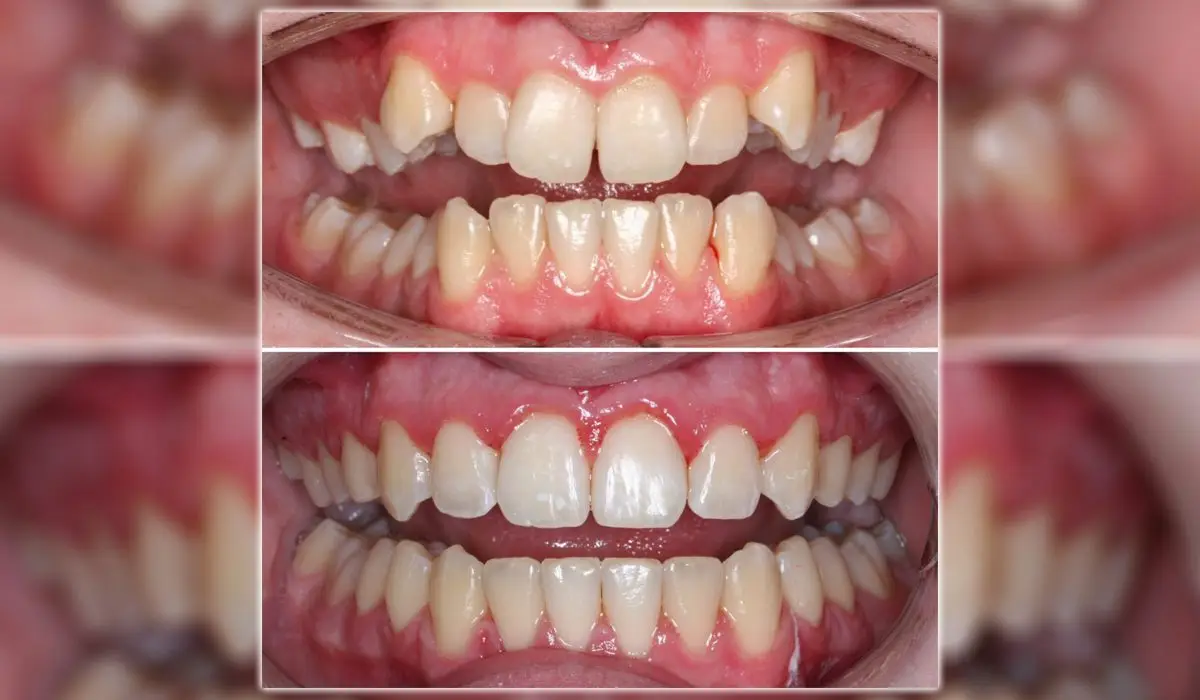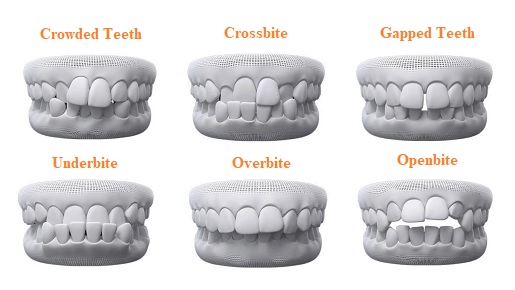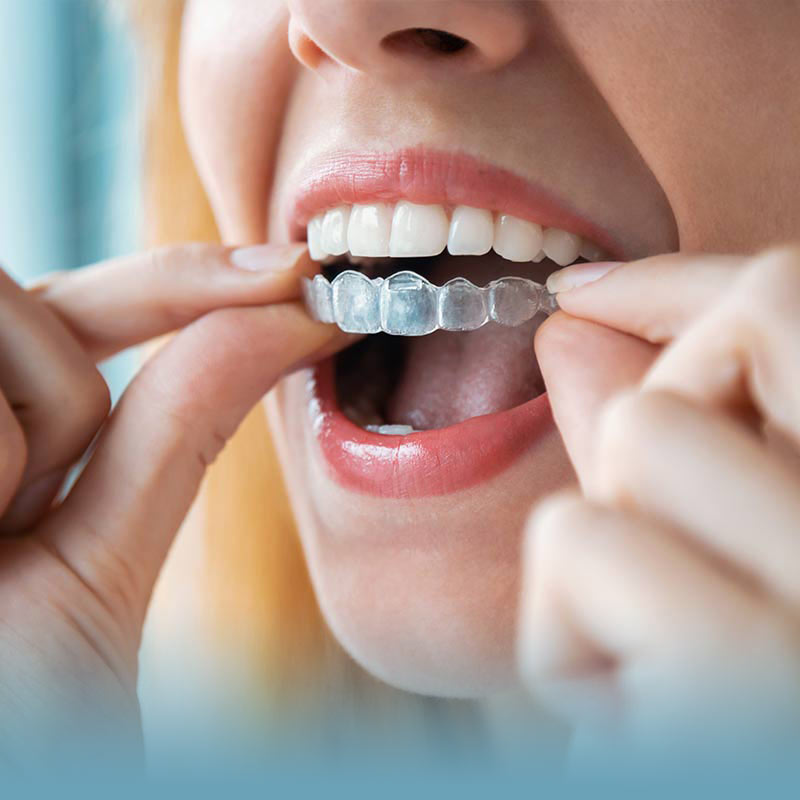Keeping Oral Health While Making Use Of Invisalign: Tips for a Smooth Experience
Keeping Oral Health While Making Use Of Invisalign: Tips for a Smooth Experience
Blog Article
Invisalign vs. Traditional Dental braces: Which Alternative Is Right for You?
When taking into consideration orthodontic therapy, the selection in between Invisalign and standard dental braces provides several important variables that warrant careful evaluation. Invisalign offers a very discreet option with removable aligners, while traditional braces provide an extra noticeable yet efficient service for severe misalignment.
Summary of Treatment Alternatives

On the other hand, traditional braces contain metal braces and cords that are bound to the teeth. This approach uses continuous stress with time to accomplish alignment. While efficient for complex orthodontic concerns, standard dental braces require routine gos to for changes and can pose difficulties in keeping oral hygiene as a result of the difficulty of cleaning up about braces and wires.
Both choices have their values, and the choice commonly pivots on specific dental conditions, lifestyle choices, and individual conformity. Eventually, consulting an orthodontic specialist is vital for determining one of the most suitable therapy plan tailored to individual needs. Comprehending the subtleties of each alternative can significantly affect the general success of orthodontic therapy.
Visual Factors To Consider
A substantial element affecting the option in between Invisalign and standard braces is the aesthetic appeal each therapy supplies. Invisalign aligners are crafted from clear plastic, making them practically invisible when worn. This very discreet look is particularly attracting grownups and young adults who may really feel awkward about their orthodontic therapy. The ability to preserve an all-natural smile throughout the alignment process can dramatically boost the patient's self-confidence in specialist and social settings.
In contrast, standard braces consist of metal brackets and cords, which can be more obvious. While innovations in orthodontic modern technology have resulted in the development of smaller brackets and tinted elastics, conventional dental braces still preserve an even more noticeable account. For some individuals, the presence of braces may hinder them from seeking necessary treatment.
Inevitably, the option in between Invisalign and conventional dental braces might hinge on individual choices pertaining to aesthetic appeals. Individuals who prioritize discernment often favor Invisalign, while those who are less worried regarding visibility might opt for standard braces. Comprehending the aesthetic effects of each alternative is important for making an informed choice that lines up with one's lifestyle and choices.
Convenience and Convenience

In regards to ease, Invisalign aligners are detachable, making it possible for people to enjoy their favored foods without constraint and preserve optimum oral hygiene. Cleaning and flossing are streamlined, her comment is here as the aligners can be secured throughout these routines, whereas conventional dental braces call for cautious steering around brackets and cords.
In comparison, traditional dental braces necessitate routine changes, making them less hassle-free for those with busy routines. On the whole, the comfort and comfort of Invisalign make it an appealing option for several individuals seeking orthodontic treatment.
Therapy Duration and Performance
While both Invisalign and typical braces work in remedying dental imbalances, the period of treatment can differ significantly between the 2 options. Usually, Invisalign therapy can take anywhere from 12 to 18 months, depending on the intricacy of the case. The clear aligners work by gradually changing teeth right into their desired positions, and normal follow-ups with an orthodontist aid ensure progression stays on the right track.
In contrast, traditional braces often call for a longer dedication, normally ranging from 18 months to 3 years. This results from their set nature and the use of cords and braces, which can be a lot more efficient for complex instances and serious imbalances (Invisalign). The treatment efficiency of typical dental braces is well-documented, as they permit accurate adjustments and greater control over tooth activity
Eventually, the option between Invisalign and conventional braces may rest on both the expected treatment duration and the certain dental issues handy. Consulting with an orthodontist is critical, as they can offer tailored suggestions based on private demands, ensuring the picked method lines up with preferred outcomes and durations.
Cost Contrast and Insurance Alternatives
Expense plays a considerable role in the decision-making procedure for individuals thinking about Invisalign orthodontic treatment, whether selecting Invisalign or standard braces. Generally, the expense of Invisalign ranges from $3,000 to $8,000, while typical dental braces normally cost in between $2,000 and $6,000. Elements affecting these expenses consist of the complexity of the case, the period of treatment, and geographical place.
Several oral insurance plans provide partial protection for orthodontic treatments, but the specifics can vary widely. Typically, conventional braces may be a lot more regularly covered by insurance strategies contrasted to Invisalign, which some insurance firms classify as a cosmetic procedure.
Furthermore, several orthodontic practices provide versatile payment strategies, making both treatment options more available. Patients need to ask concerning prospective financing choices and price cuts for ahead of time settlements. Assessing the overall expense, including insurance advantages and layaway plan, is necessary for making a notified choice that straightens with both visual choices and spending plan considerations.

Final Thought
In summary, the choice between Invisalign and traditional dental braces rests on multiple factors, including aesthetic preferences, Full Article convenience, therapy duration, and cost. Invisalign uses a discreet, detachable choice that assists in dental hygiene and dietary flexibility, while conventional braces may be a lot more appropriate for intricate dental problems and usually come with a reduced cost factor. Inevitably, examination with an orthodontist is vital to examine individual situations and establish one of the most suitable treatment choice for attaining optimal oral positioning.
When considering orthodontic treatment, the choice between Invisalign and traditional dental braces offers several essential elements that merit mindful examination.Comparing Invisalign and conventional braces exposes distinctive therapy options for orthodontic improvement.While both Invisalign and typical dental braces are effective in dealing with oral imbalances, the duration of therapy can differ substantially between the two options.Price plays a substantial role in the decision-making process for individuals considering orthodontic therapy, whether opting for Invisalign or typical braces.In summary, the option in between Invisalign and standard dental braces hinges on several elements, including aesthetic preferences, convenience, treatment duration, and expense.
Report this page